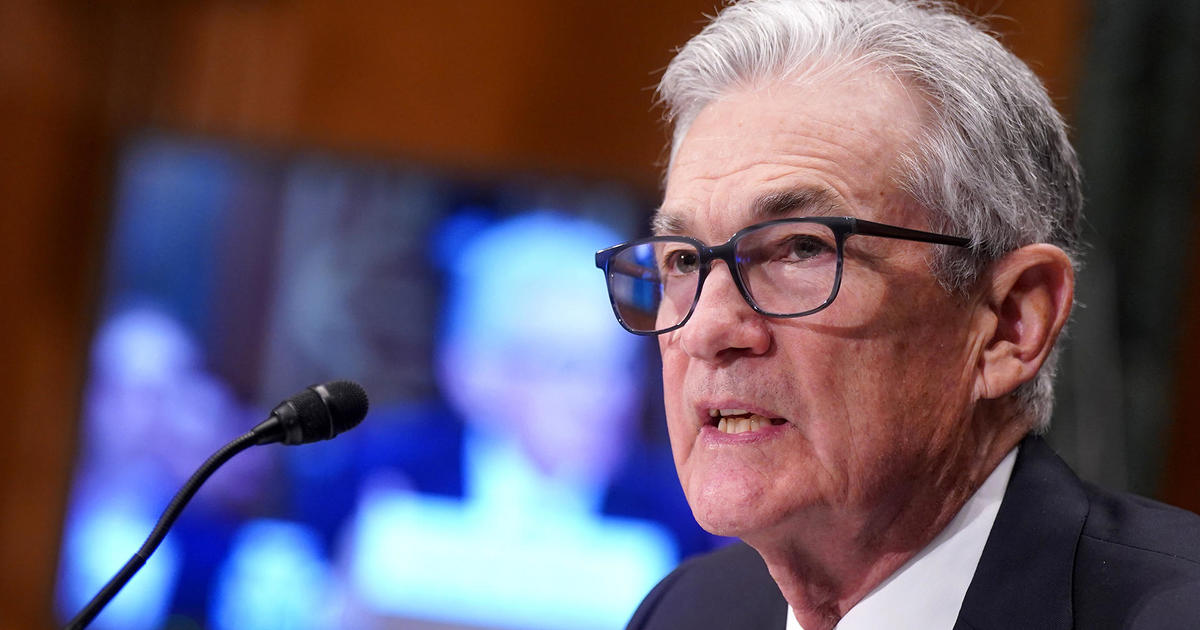How Fed could react to hot February inflation
Americans are bearing the financial burden of higher costs for every type of loan, from mortgages to credit cards, after two years of interest rate hikes by the Federal Reserve. With the central bank meeting Wednesday, economists and consumers alike have one question on their minds: When will the central bank start cutting rates?
The answer: Almost certainly not this month, and probably not at its next meeting, according to Wall Street forecasters.
Most economists polled by financial data company FactSet think the Fed will keep its benchmark rate steady on Wednesday, as well as at its following meeting on May 1. Consumers holding out for lower borrowing costs may have to wait until the following month for relief, with about half of economists now penciling in the Fed's June 12 meeting for the first cut in four years, FactSet data shows.
The Fed kicked off its flurry of rate hikes in March 2022 as inflation soared during the pandemic, reaching a 40-year high in June of that year. Although inflation has rapidly cooled since then, it remains higher than the Fed would like, which is why economists believe the central bank will keep rates steady this week.
That doesn't mean that the Fed won't say anything noteworthy. Experts said the Fed's latest economic outlook could provide hints about when rate relief might be in the cards.
"The Fed is going to be taking a lot of the oxygen out of the room this week as they conclude their March meeting on Wednesday afternoon," said Sam Millete, director of fixed income at Commonwealth Financial Network, in an email. "We've seen some mixed economic data to start the year. It's going to be interesting to see how the Fed reacts to that, especially in Fed Chair Jerome Powell's post-meeting press conference."
Here's what to know about Wednesday's Fed meeting and what it means for your money.
When is the Fed meeting this week?
The Federal Reserve's Open Market Committee meets on March 19-20. The rate-setting panel will announce its rate decision at 2 p.m. Eastern time on March 20.
Chairman Jerome Powell will hold a press conference at 2:30 p.m. on Wednesday to discuss the FOMC's rate decision and provide information on the central bank's outlook.
When and by how much will the Fed cut interest rates?
The Fed on Wednesday is expected to maintain the federal funds rate in a range of 5.25% to 5.5%.
The question is whether the central bank might provide guidance about the expected timing of what would mark the first rate cut since March 2020, when the economy was in free fall due to the pandemic, prompting the Fed to slash borrowing costs to buoy the economy.
On Wednesday, analysts expect Powell to reiterate that the Fed wants to see continued improvement in its battle against inflation before cutting rates.
"The Fed will keep their forward guidance unchanged while stressing that they need further evidence that inflation is on a sustainable path toward their 2% target before cutting interest rates," Ryan Sweet, chief U.S. economist with Oxford Economics, told investors on Monday in a report.
Economists still think the Fed could cut rates several times in 2024, although some economists are now projecting fewer reductions than they had forecast earlier. For instance, Goldman Sachs on Monday said it is penciling in three cuts in 2024, down from its earlier forecast for four cuts this year.
That change is "mainly because inflation has been a bit firmer than we expected," Goldman Sachs economists said in a research note.
What is the inflation rate in 2024?
In February, consumer prices rose 3.2% on an annual basis, faster than January's 3.1% pace and well above the 2% target sought by the Fed.
To be sure, inflation has cooled considerably after touching a four-decade peak of 9.1% in June 2022, but it remains higher than its pre-pandemic levels of about 2% and represents one reason why economists believe the Fed will push back rate cuts until at least June.
If inflation is down, why isn't the Fed cutting rates?
Powell has repeatedly noted that cutting rates too soon could spark a resurgence of inflation, causing more financial pain for consumers and businesses.
"The Fed does not want to repeat the same mistake made in the 1970s by declaring that they have conquered inflation too soon, only to have it reemerge," said Villanova University economics professor Victor Li, a former senior economist at the Federal Reserve Bank of Atlanta, in an email.
He added, "But the Fed knows they can sabotage the soft landing that they created by holding rates too high for too long and causing a recession."
How will the Fed's rate decision affect your money?
If the Fed keeps its benchmark rate steady on Wednesday, borrowing costs will remain high, impacting everything from credit card rates to loans for auto purchases or homes, experts say. Credit card APRs, for instance, are at their highest levels since the Fed started tracking them in 1994, according to the Consumer Financial Protection Bureau.
There is a one upside to elevated interest rates: Savers can get robust returns by parking their money in high-yield savings accounts or CDs.
"Some of the highest CD rates are found in shorter-terms right now, so they remain accessible if you need access to the cash in 6 months or one year's time," noted Elizabeth Renter, data analyst at NerdWallet, in an email.
Aimee Picchi is the associate managing editor for CBS MoneyWatch, where she covers business and personal finance. She previously worked at Bloomberg News and has written for national news outlets including USA Today and Consumer Reports.
